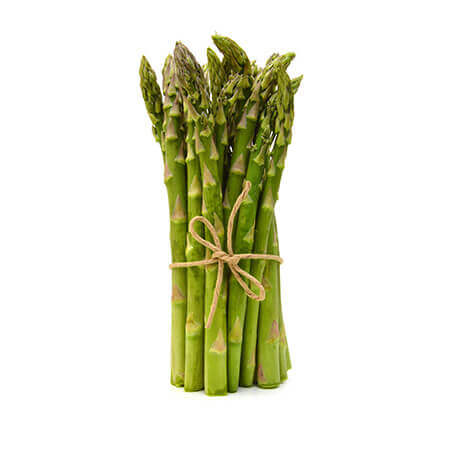-
About Us
button

Dabur India Limited is a leading Indian consumer goods company with interests in Hair Care, Oral Care, Health Care, Skin Care, Home Care and Food & Beverages.
-
Our Brands
button

Dabur presents a range of Herbal & Ayurvedic Personal Care products, created to make you look and feel good. Bringing together the gentle touch of nature and Ayurveda's wisdom .
-
Investors
button

Read our recent and archived releases, quarterly results, annual reports and financial statements. Initiatives Investor Centre.
-
Newsroom
button

Welcome to Dabur Media Centre. In this section, you’ll find our latest Press Releases arranged in a chronological order. The Press Releases have been further
-
Ayurveda & you
button

Our curated Collection of Ayurvedic knowledge for you. We at Dabur are working towards helping people lead a healthy and balanced life.
-
Sustainability
button

Dabur has been engaged in community development activities since 1994 and is committed to making a positive contribution to the communities where we source, live, work and sell our products.
-
Join Us
button

At Dabur, we are very passionate about winning and this has been engrained in DNA of the organization.
-
Support
button
- Home > Ayurveda & you > Ayurveda & Science > Ayurvedic & Medicinal Plants
Ayurveda and Science
Shatavari/शतावरी/Asparagus Racemosus/Asparagus
AYURVEDIC & MEDICINAL PLANTS

Shatavari Benefits & Uses
Shatawari is a well-recognized herb for its action as a nutritive tonic. Its use is specifically recommended to enhance lactation in nursing mothers. The marked increase in lactation by Shatavari has been scientifically proven today. Technically termed as galactogogue this effect is attributed to its action on the prolaction hormone level. Besides, it is recommended by Indian Ayurveda to improve physical stamina and immunity. Role of Shatavari in enhancing immunity functions has also been proven scientifically.
There are numerous Asparagus or Shatavari benefits and uses as follows:
- Reduces Cholesterol
Shatavari root powder has various compounds like saponins, flavonoids and ascorbic acid which increases the excretion of cholesterol. Asparagus Racemosus helps reduce bad cholesterol and promotes the generation of good cholesterol which helps reduce the risk of cardiovascular diseases.
- Diuretic
Shatavari is Diuretic in nature which means that regular consumption of asparagus can help improve the volume and frequency of urination.
- Treats Diarrhea
Shatavari is an age-old remedy to treat diarrhea.
- Aids Digestion
One of the Shatavari benefits include enhancing digestion. Asparagus improves digestion by increasing the activity of digestive enzymes lipase and amylase. Lipase aids fat digestion whereas amylase helps with the digestion of carbohydrates.
- Treats Kidney Stones
Owing to Shatavari's diuretic properties, it can prove useful in relieving kidney stones. Also, Asparagus Racemosus is anti-urolithiasis which hastens the process of dissolving stones and stops the process of new stones formation.
- Boosts Immunity
Shatavari roots contains Sapogenin which is a potent agent for stimulating immune cells. Asparagus Racemosus helps in improving body's resistance against disease-causing agents. Sapogenins also stimulate the cells that fight infection by overpowering the infection causing cells.
- Female Reproductive System
Shatavari's main components are saponins that help regulate estrogen. This modulation helps to control menstrual cycles, manage PMS symptoms, ease menstrual cramps and control the amount of blood loss.
Chemical Composition
Roots contain saponins, mucilage and large amount of sugars.
Pacifies pitta and vata.
Read more about various ailments, it's causes, symptoms, ayurvedic treatments, etc.
Know the story behind other medicinal Ayurvedic ingredients

Ulatkambal

Yavasa

Akarkara

Ashwagandha






